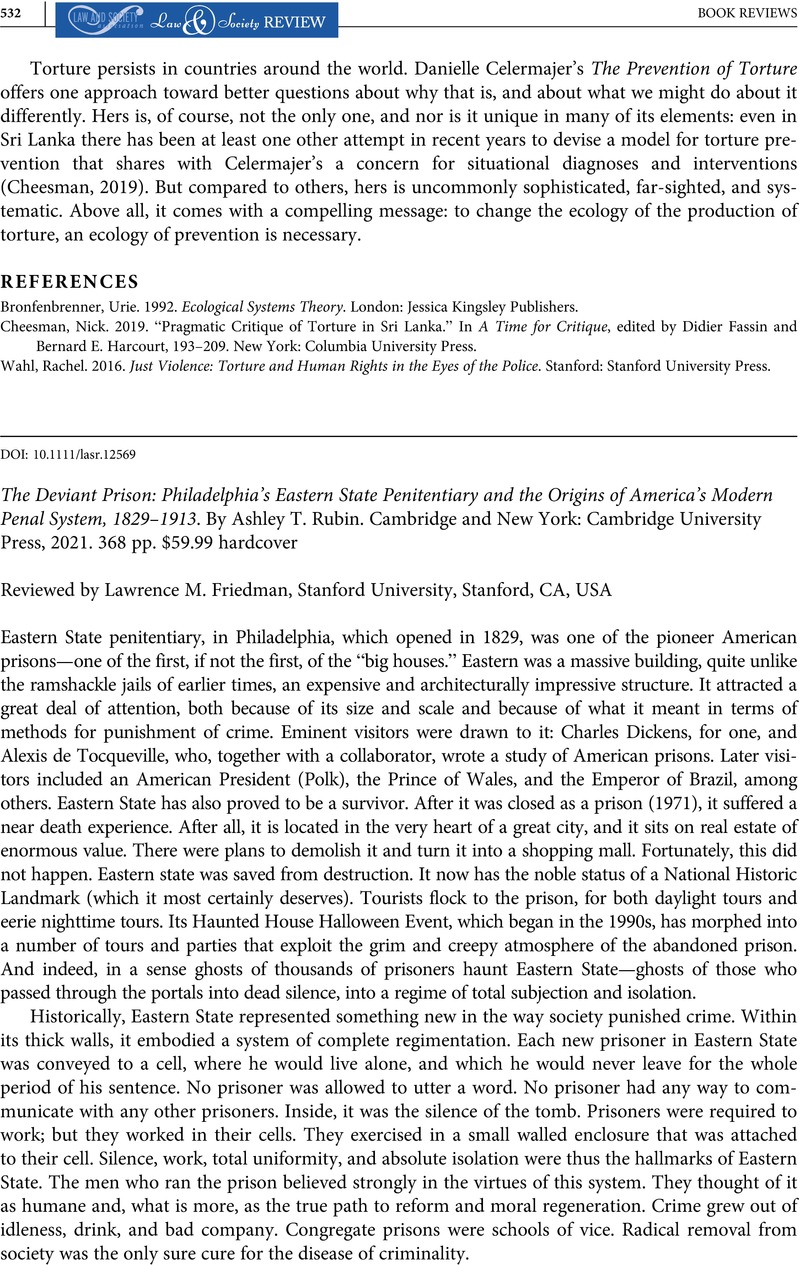Crossref Citations
This article has been cited by the following publications. This list is generated based on data provided by Crossref.
Korotkyi, Oleksii
2024.
Compositional and stylistic features of the Northern Black Sea region’s detention facilities of the first third of the 19th century.
Architectural Studies,
Vol. 10,
Issue. 1,
p.
115.



